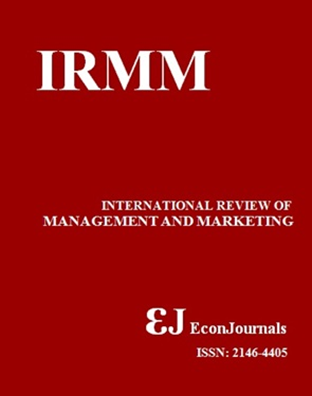Exploring the Antecedents and Brand Avoidance as the Outcome, of Identity Incongruity
DOI:
https://doi.org/10.32479/irmm.13179Keywords:
Brand Avoidance, Identity Incongruity, Brand Image, Inauthenticity, Negative Reference Groups, Deindividualisation, Family InfluencesAbstract
One of the leading causes of brand avoidance relates to the incongruence between consumers’ self-image and brands’ images. While previous researchers made recommendations concerning the antecedents of identity incongruity, their recommendations were based on either speculation or on individual measurement items included in larger (unrelated) constructs. This paper addresses this research gap by establishing the antecedents, and brand avoidance as the outcome, of identity incongruity. The link to the study questionnaire was sent by one of South Africa’s leading cellular service providers by means of SMS messages to their customers, inviting them to participate in the study. Results from 276 fully completed questionnaires show, similar to previous studies, a strong relationship between identity incongruity and brand avoidance. Unlike previous research we established that both inauthenticity and brand image predict identity incongruity, but found no relationships between identity incongruity and negative reference groups, deindividualisation, and family influence. The study accordingly identified the actual antecedents practitioners should focus on when trying to minimise the negative consequences of brand avoidance due to identity incongruity.Downloads
Published
2022-07-19
How to Cite
Mostert, P., & Naude, T. (2022). Exploring the Antecedents and Brand Avoidance as the Outcome, of Identity Incongruity. International Review of Management and Marketing, 12(4), 10–18. https://doi.org/10.32479/irmm.13179
Issue
Section
Articles




